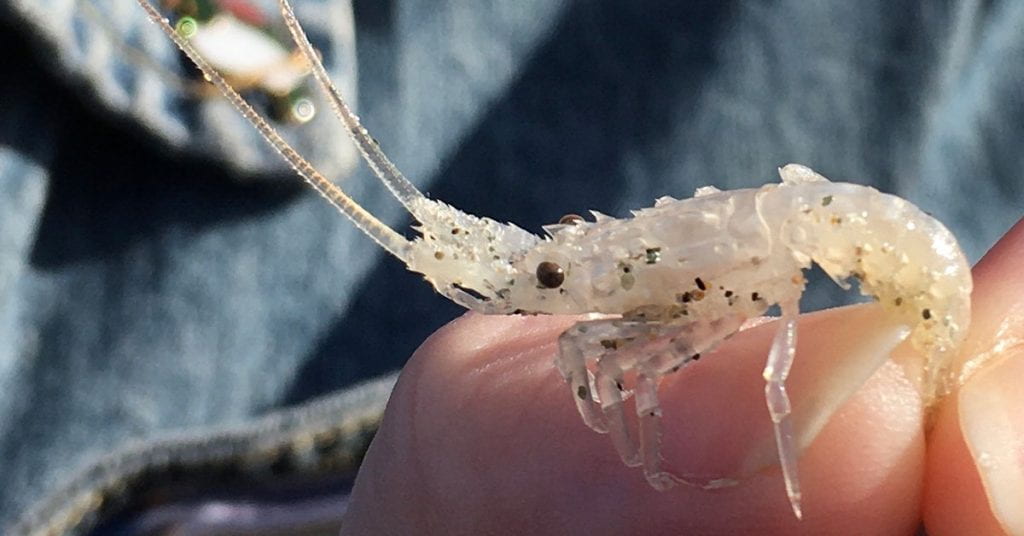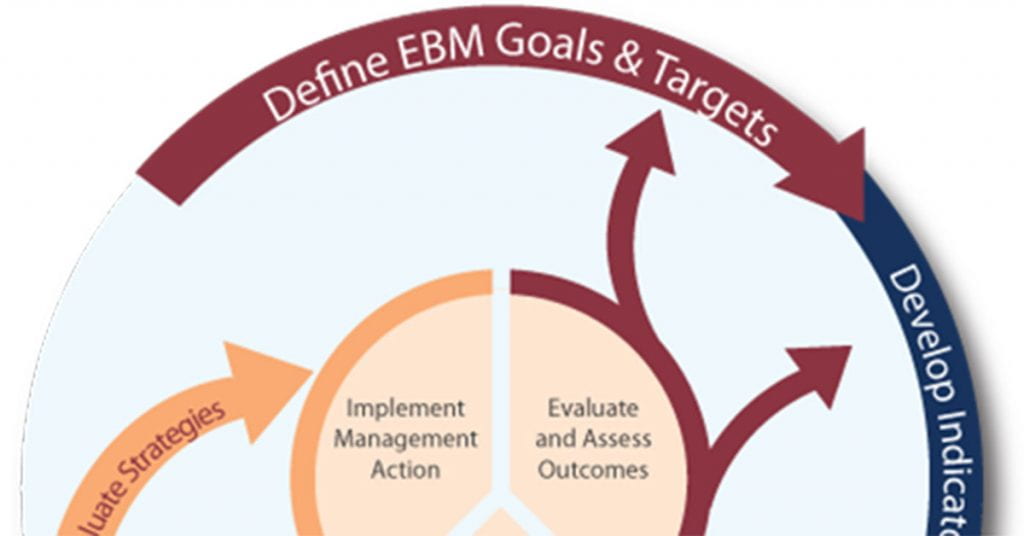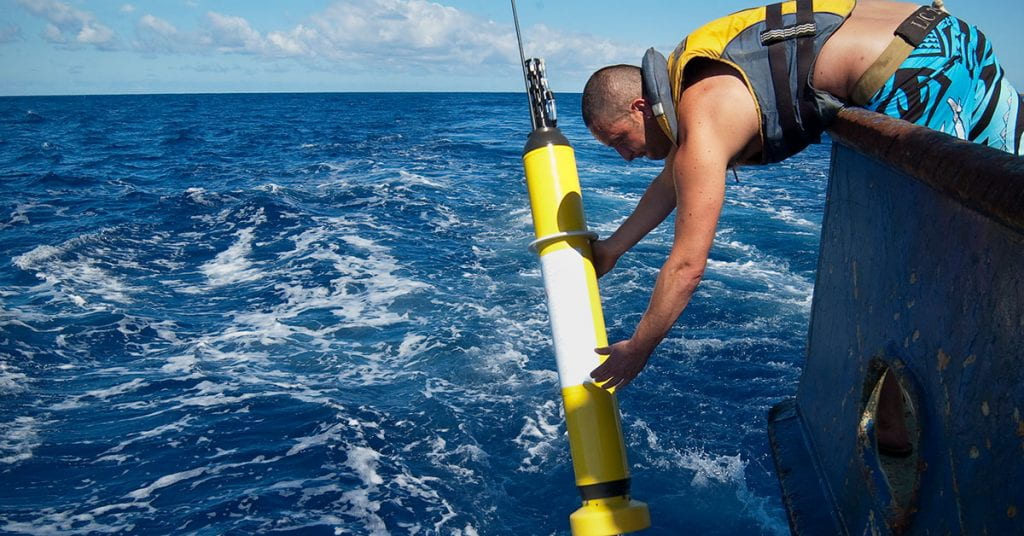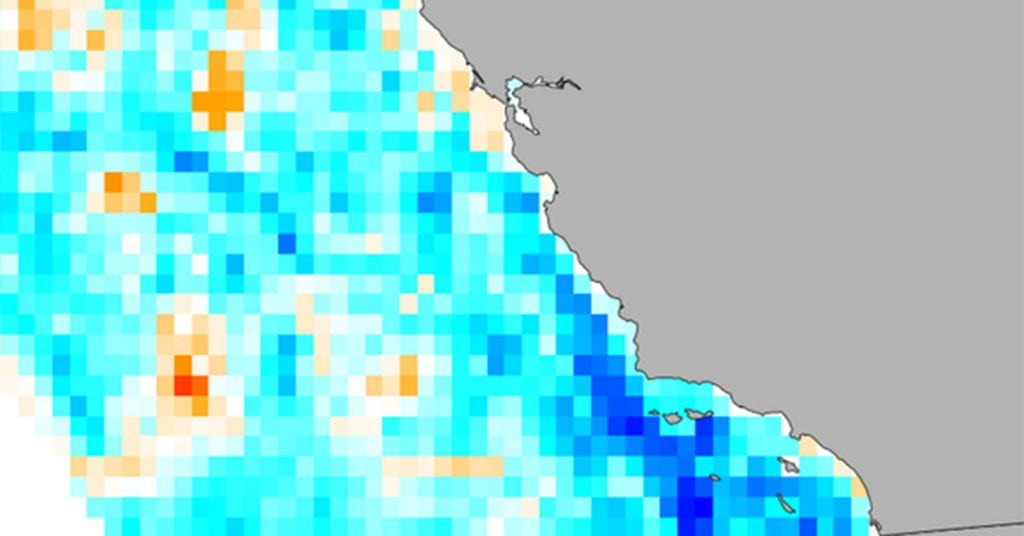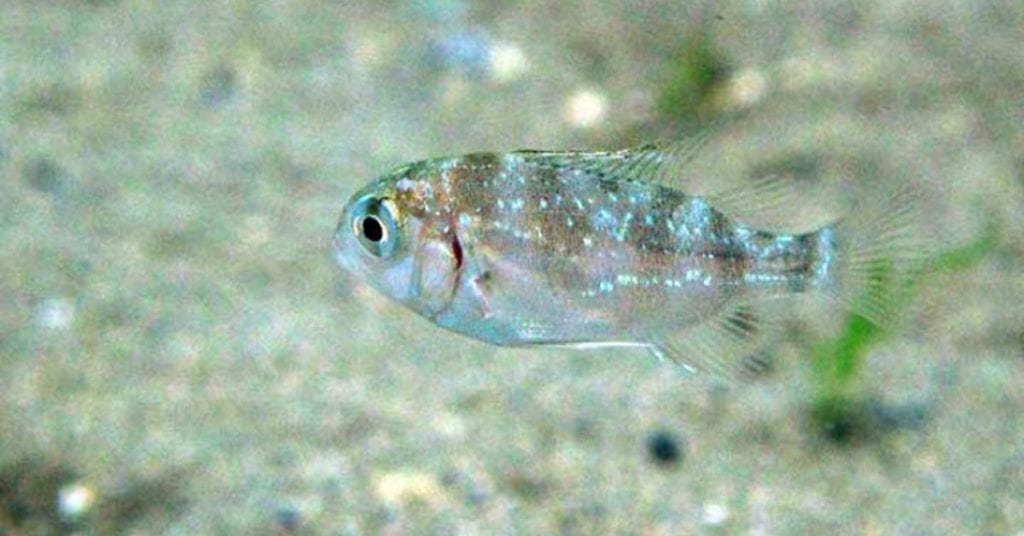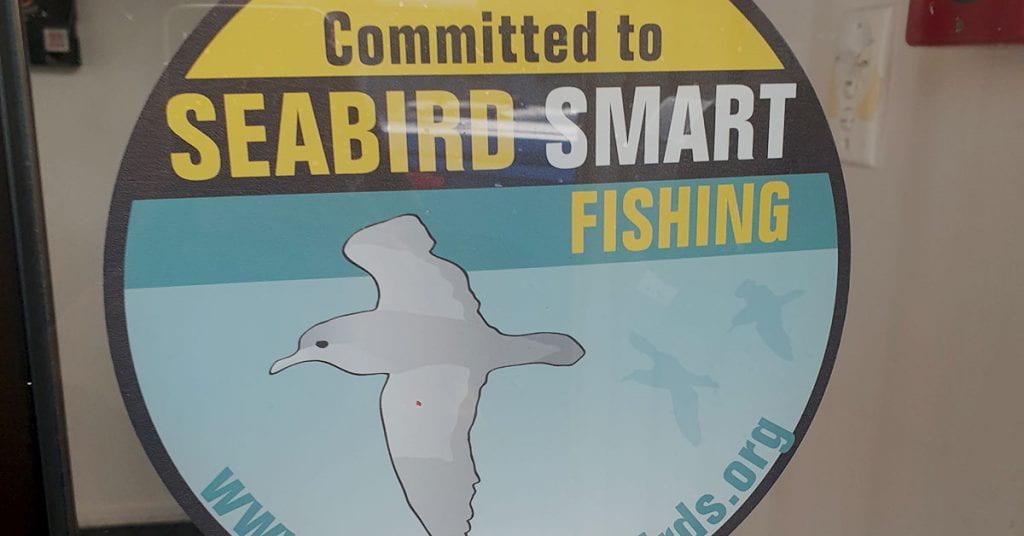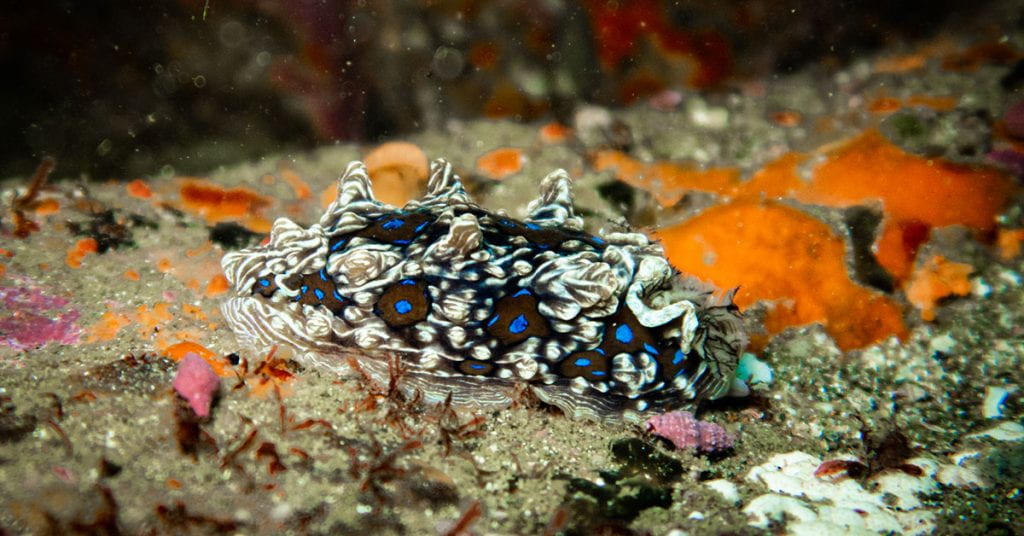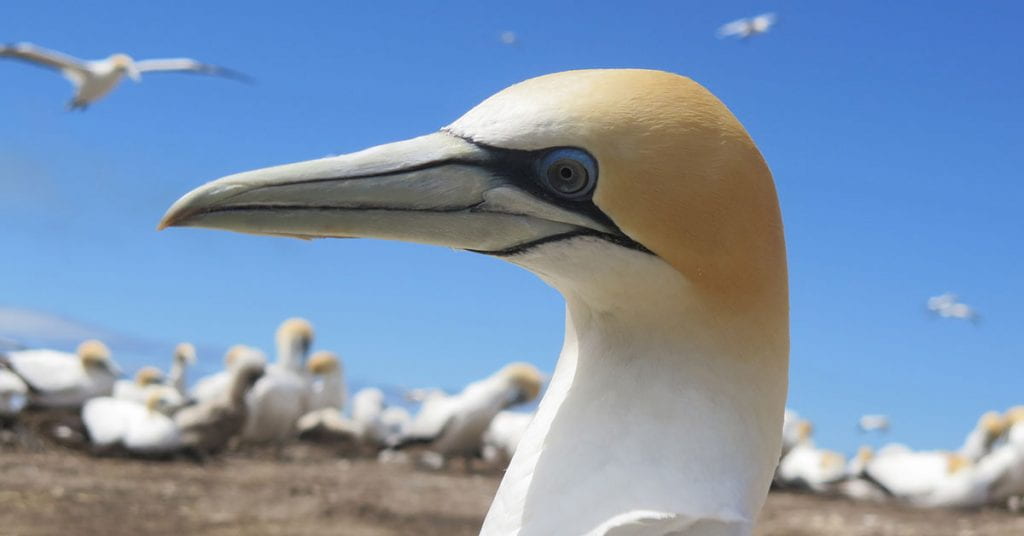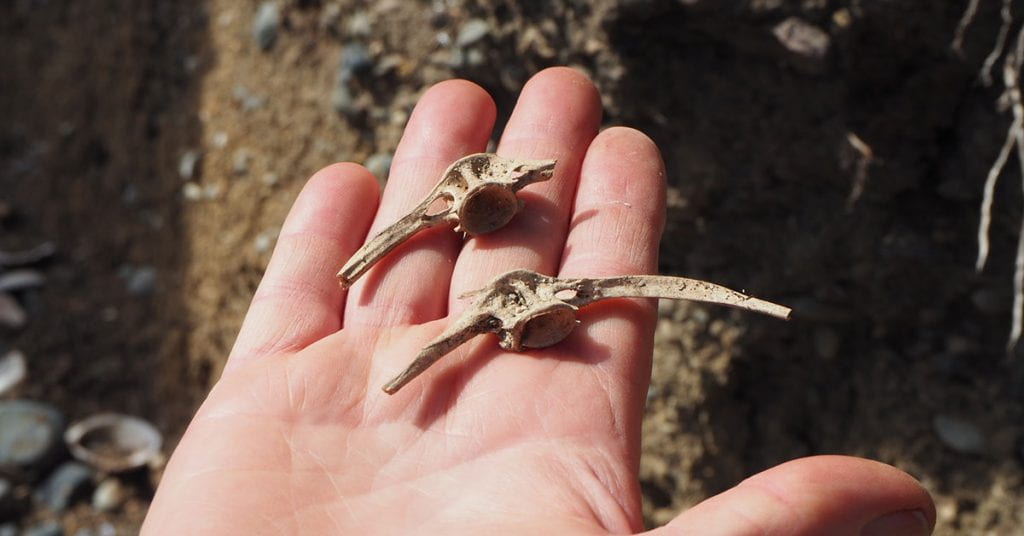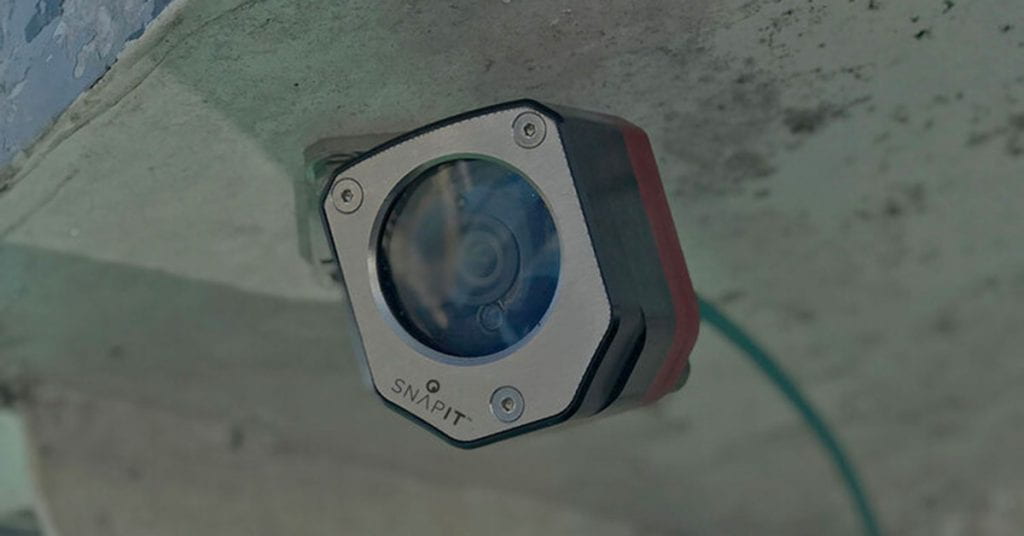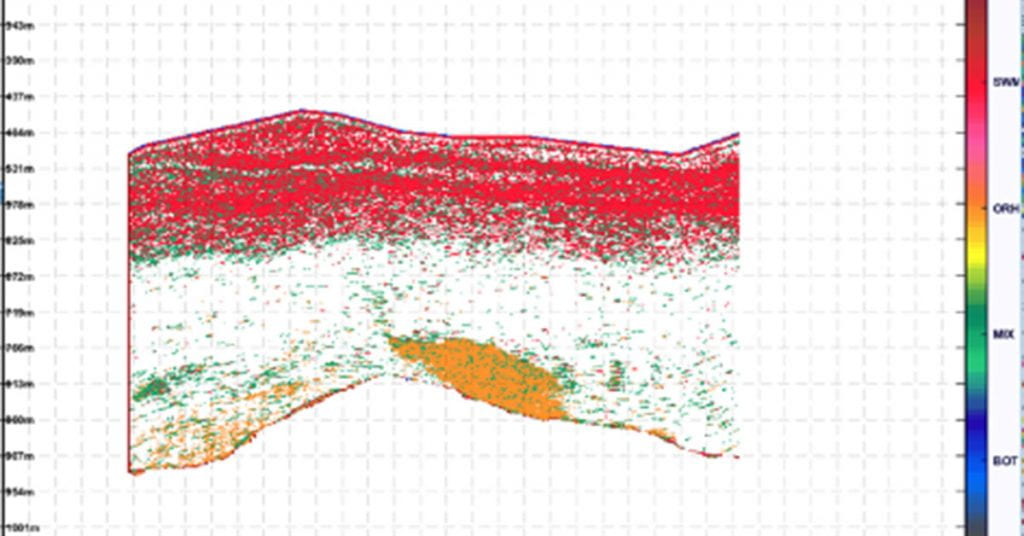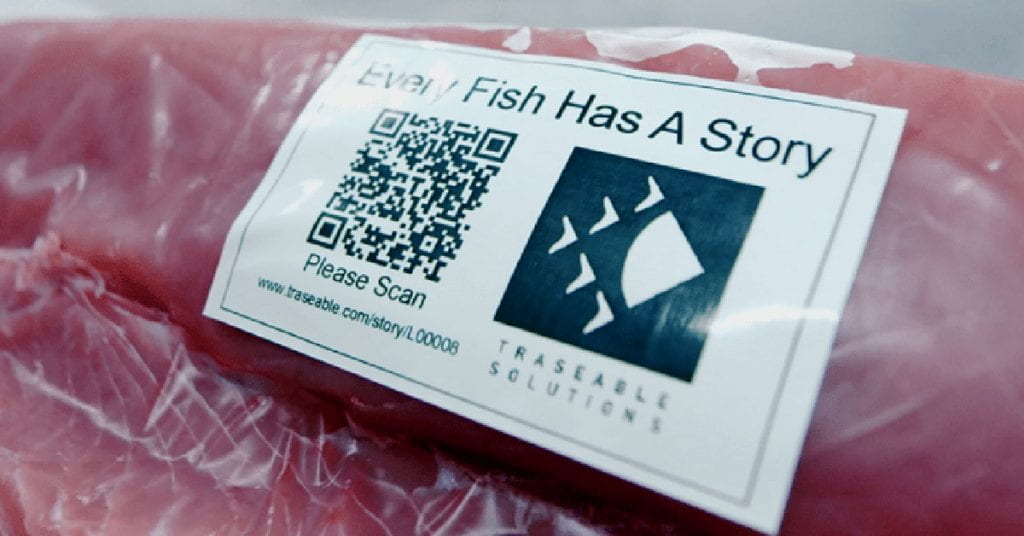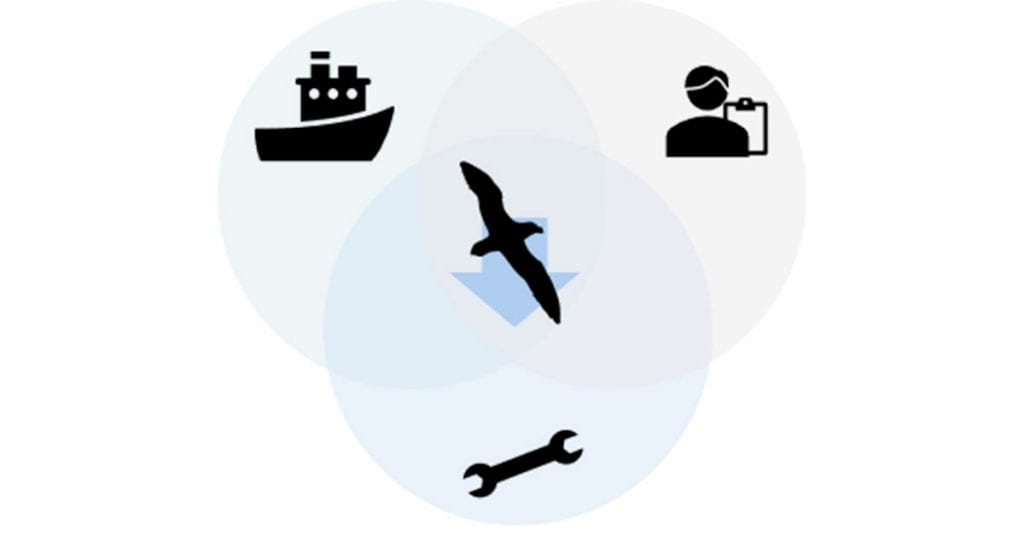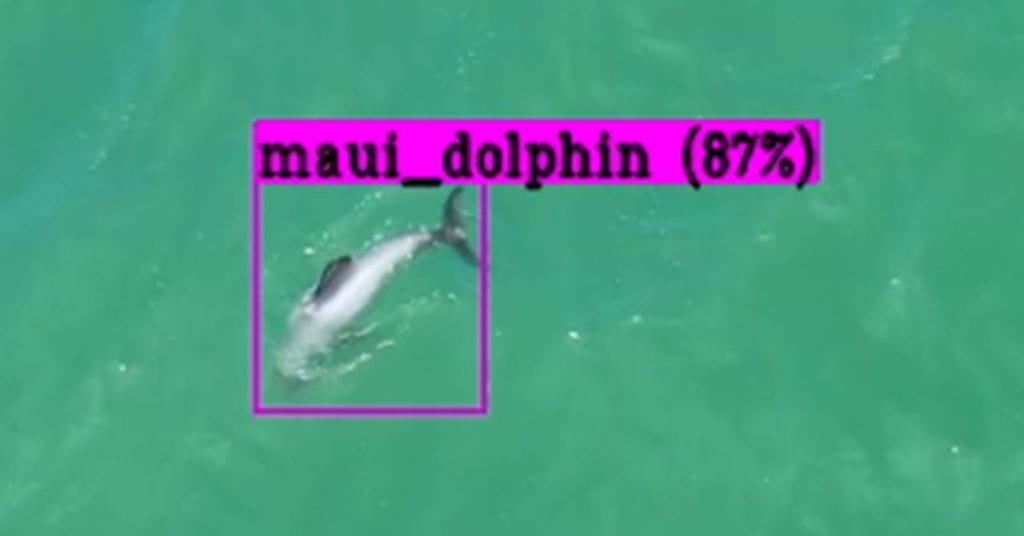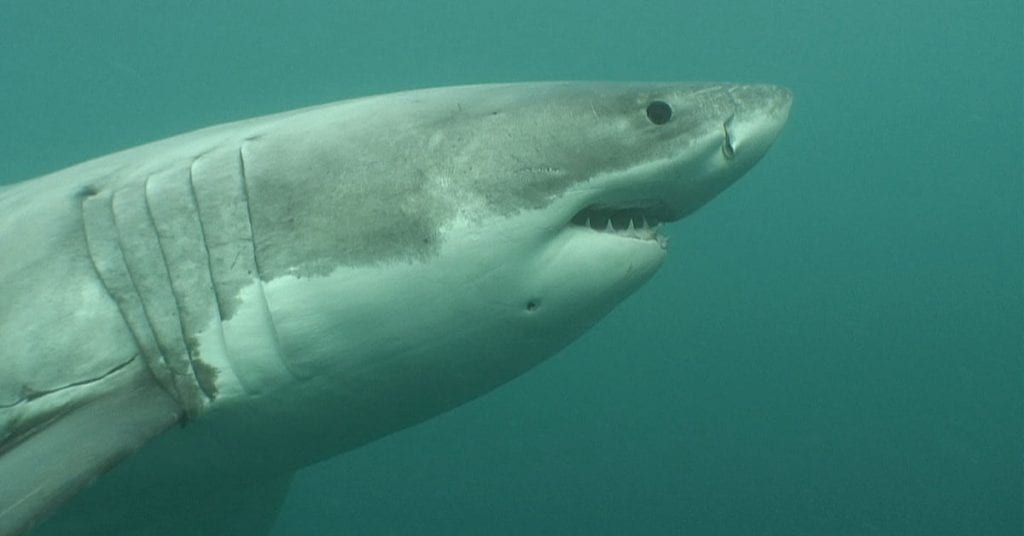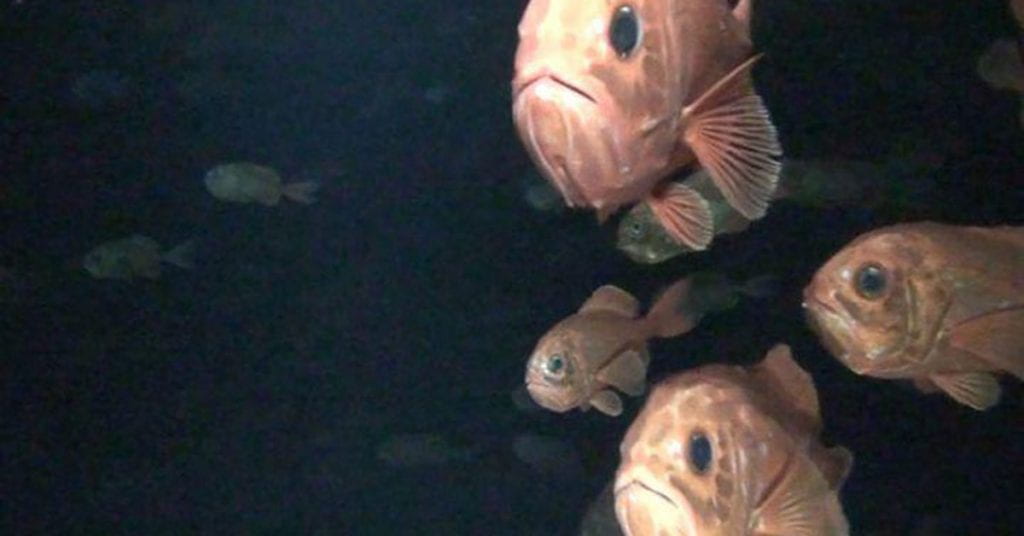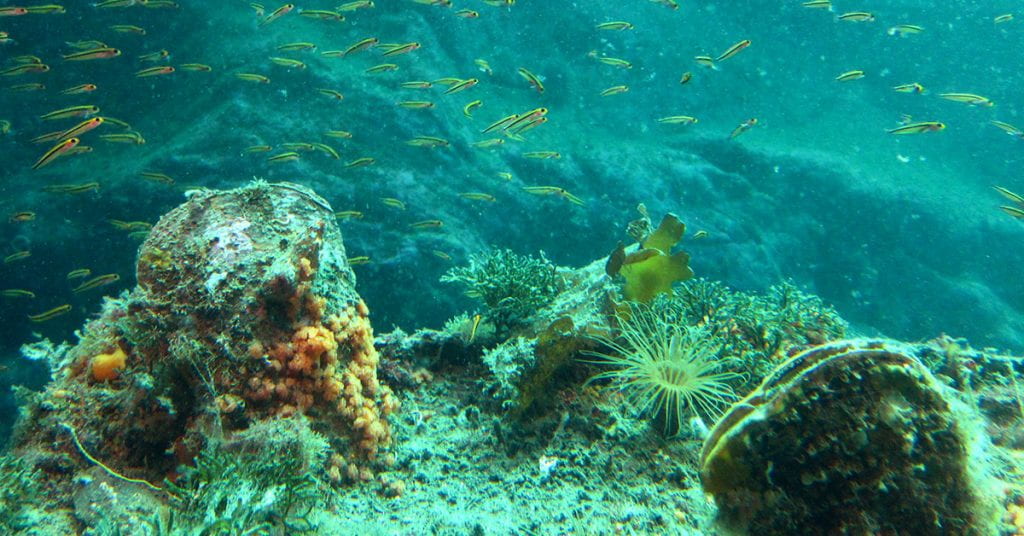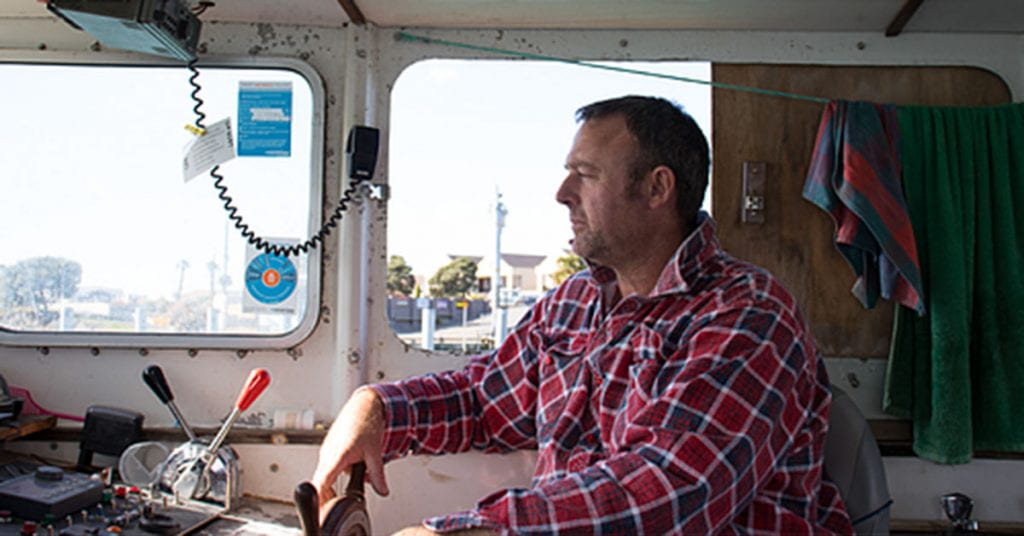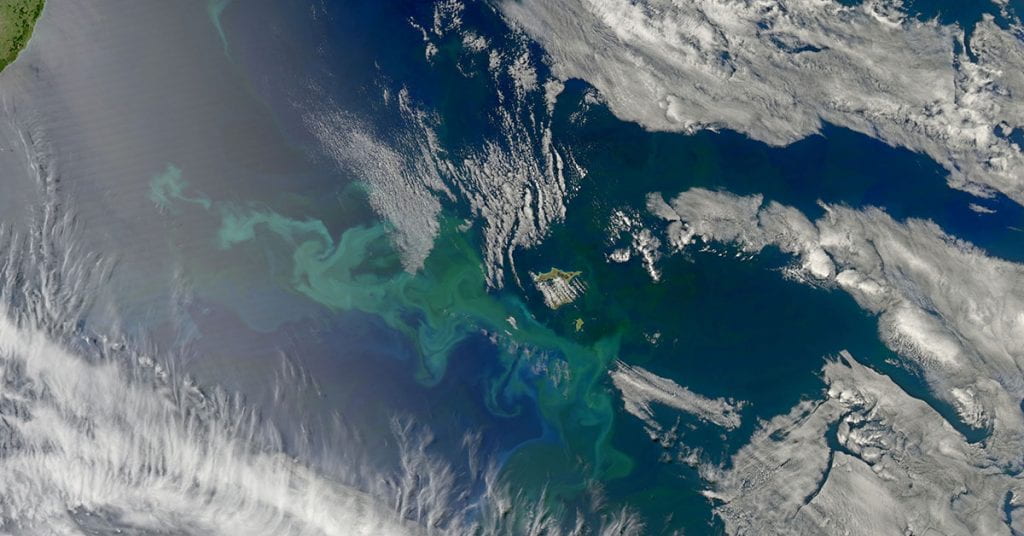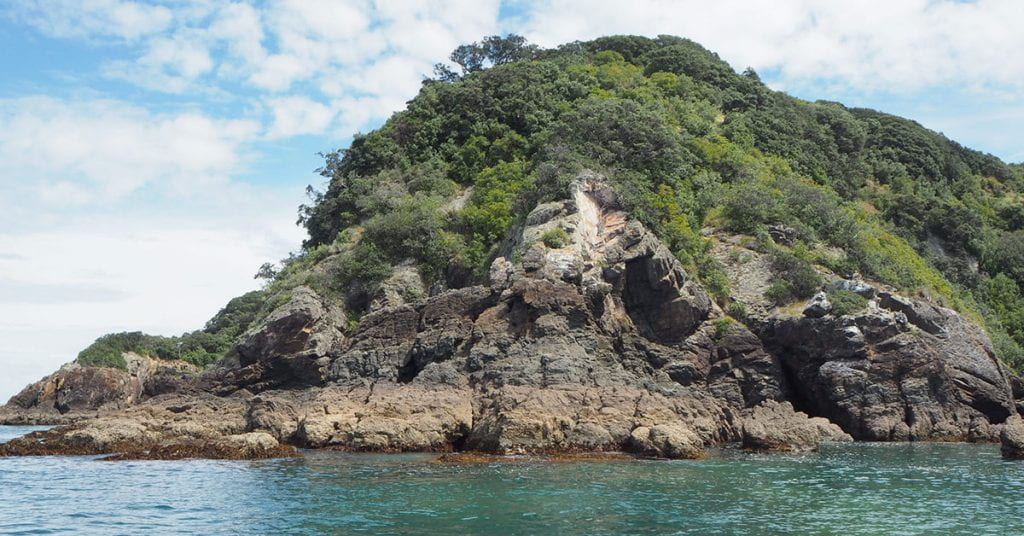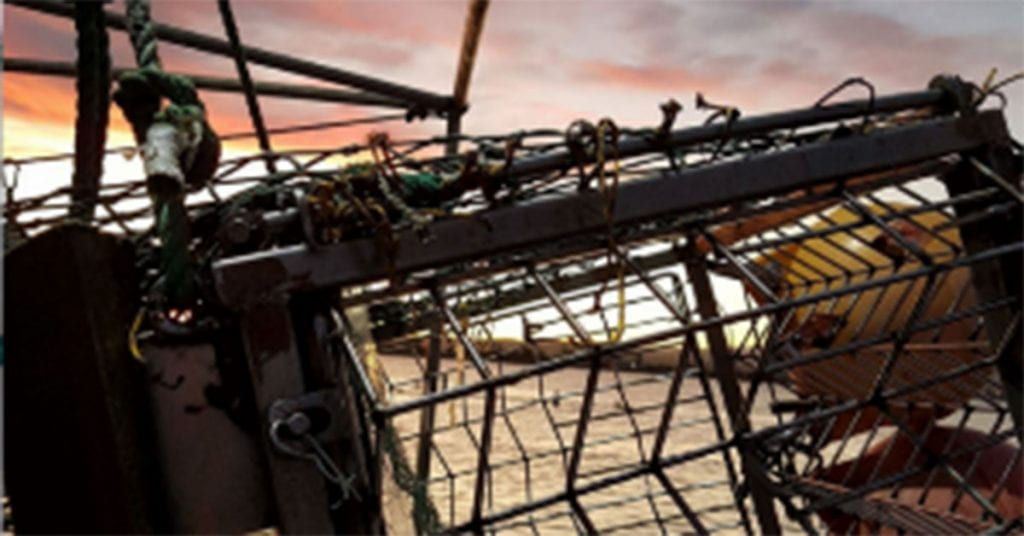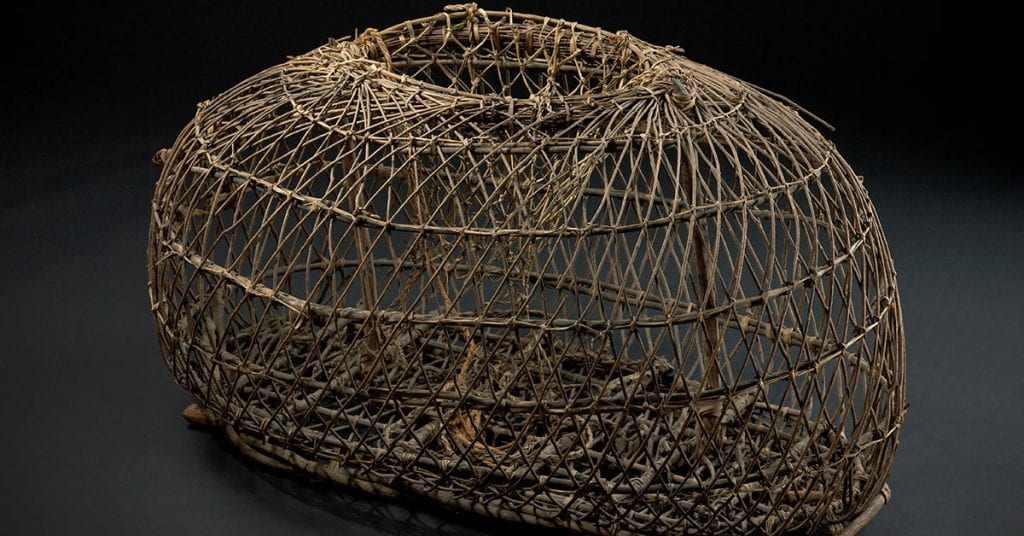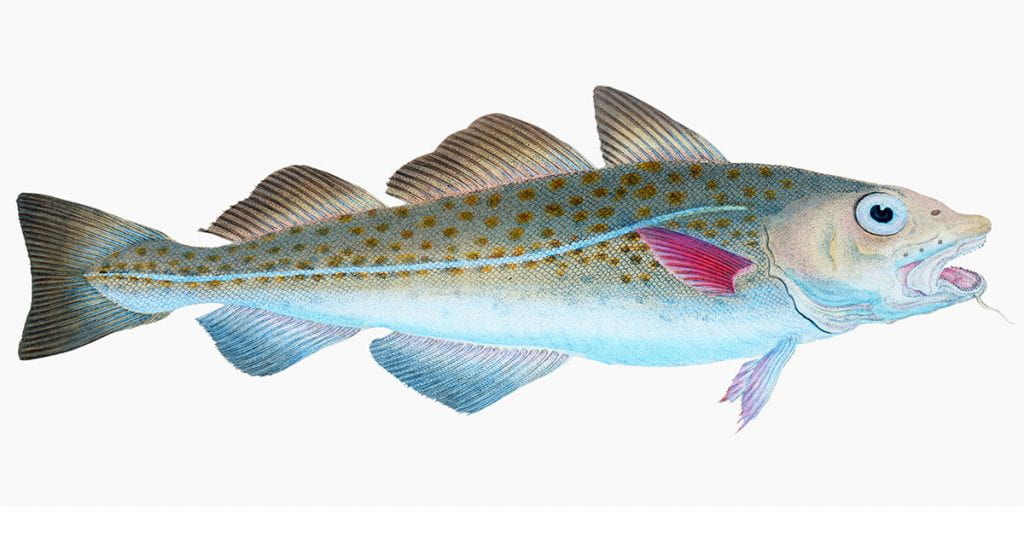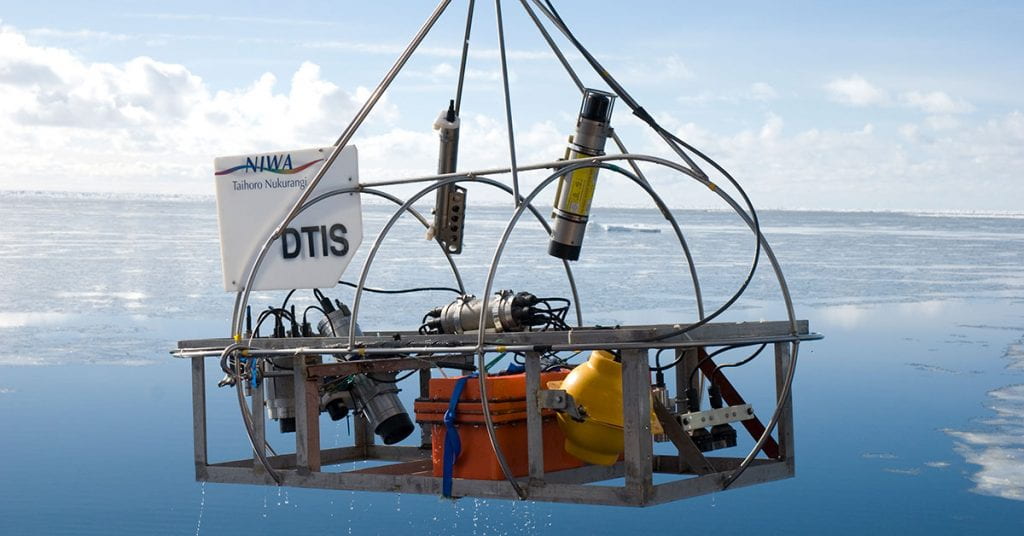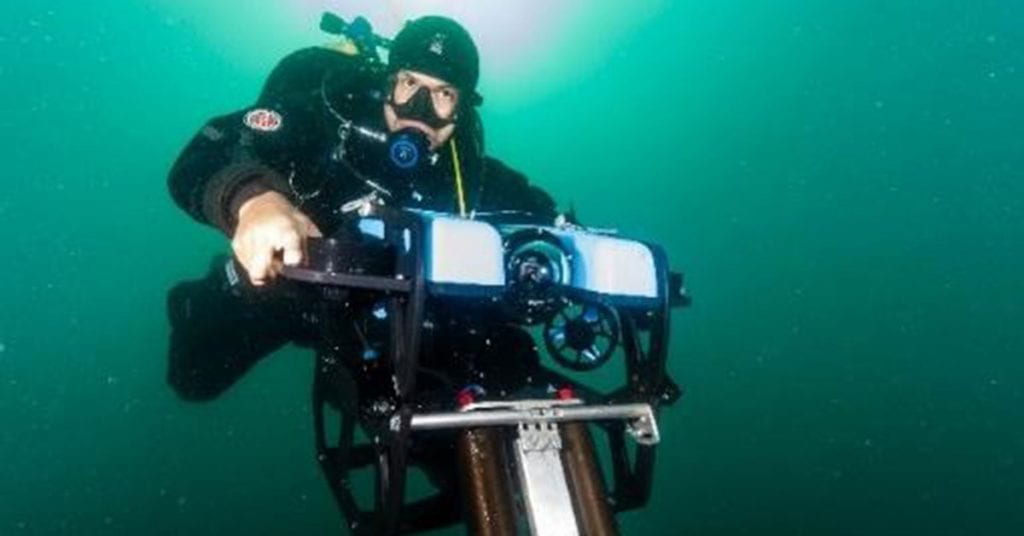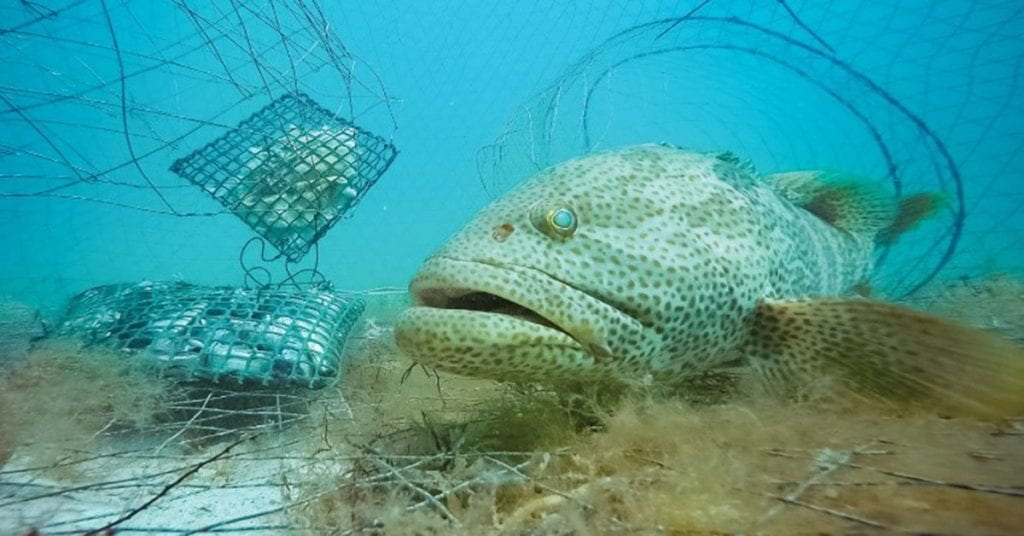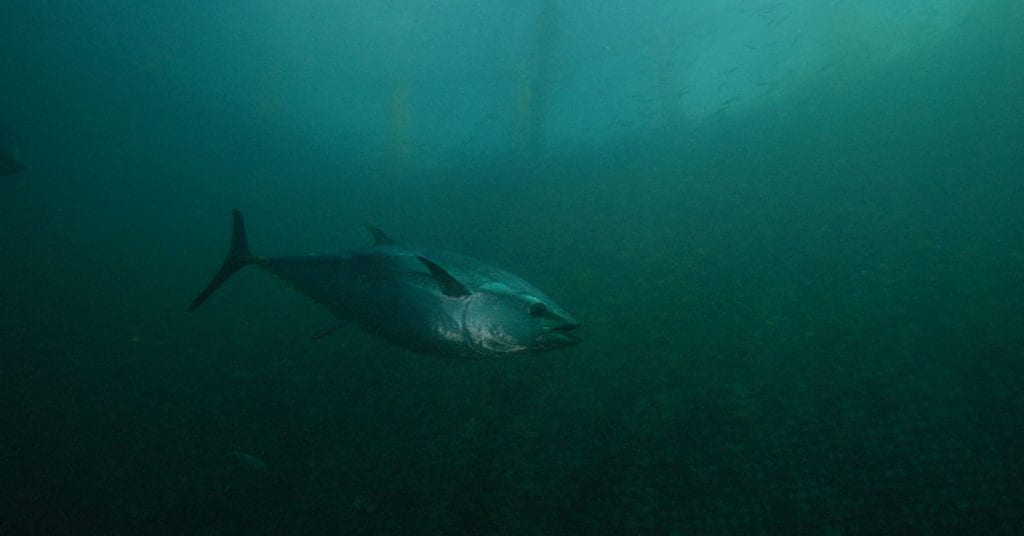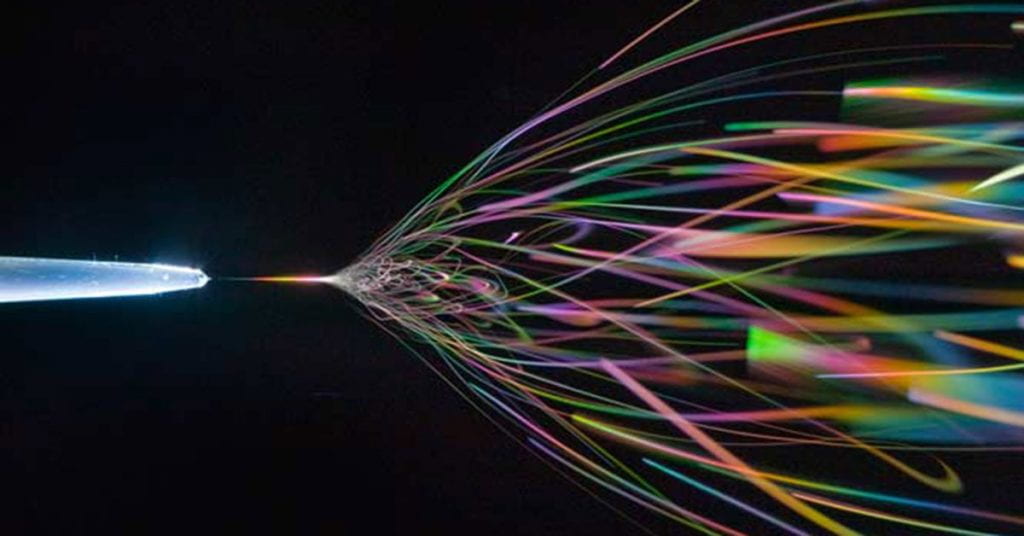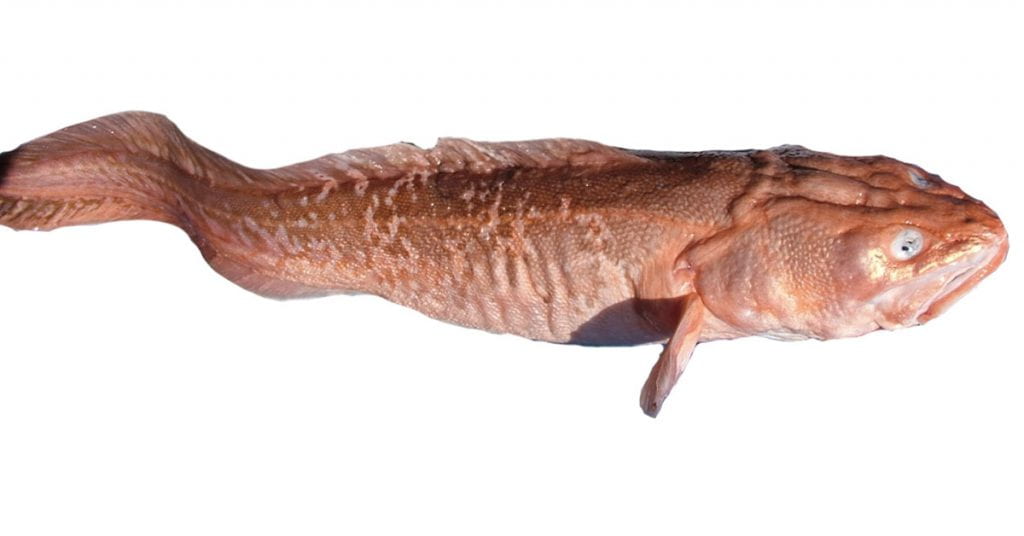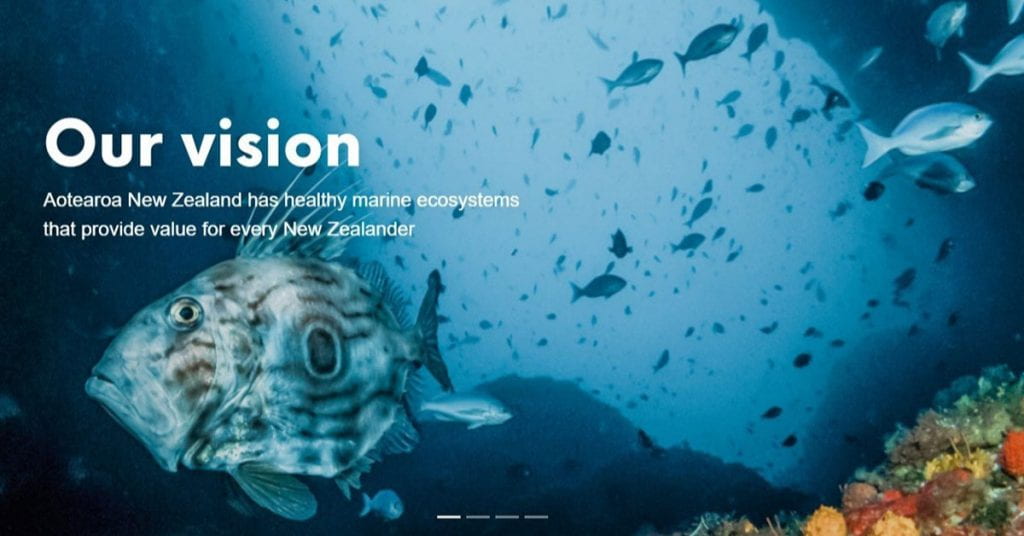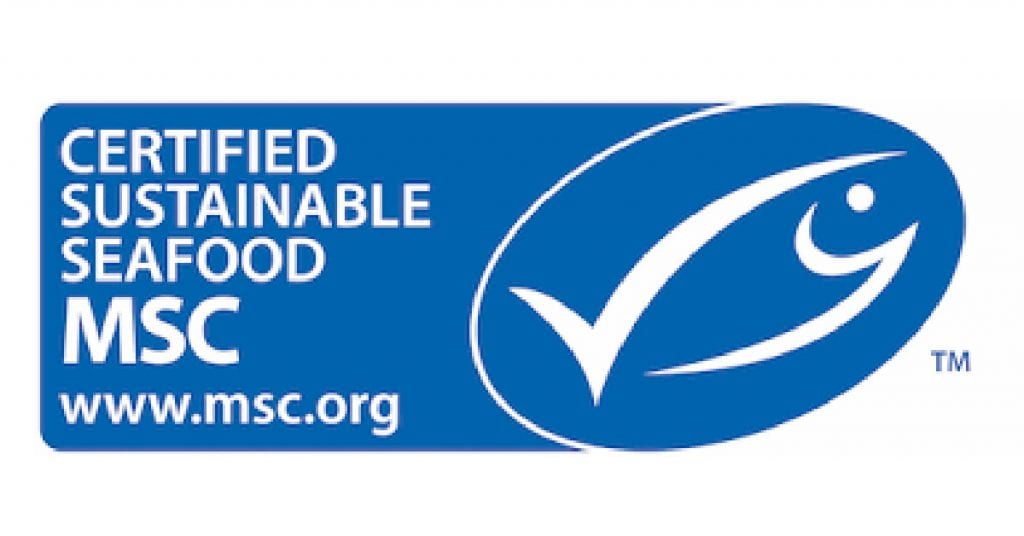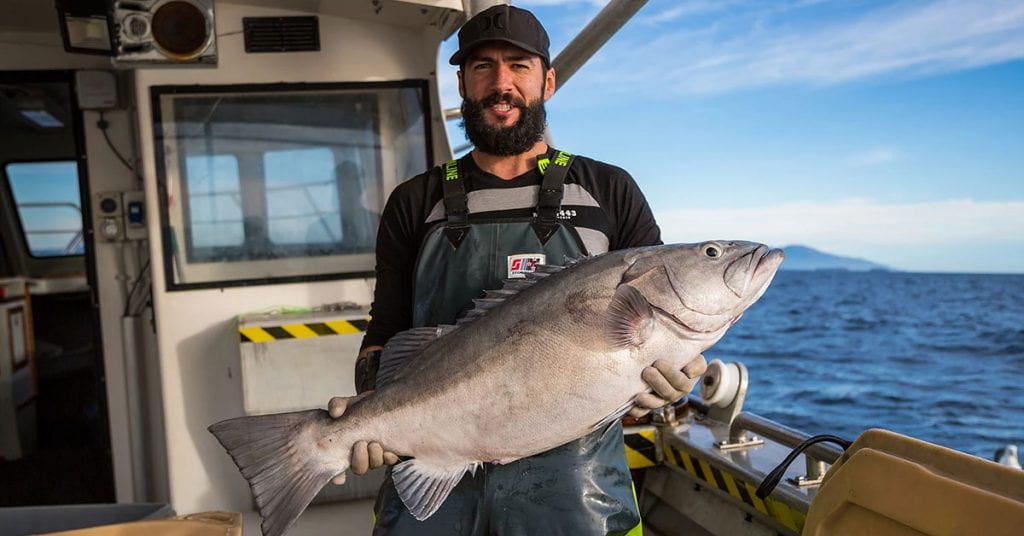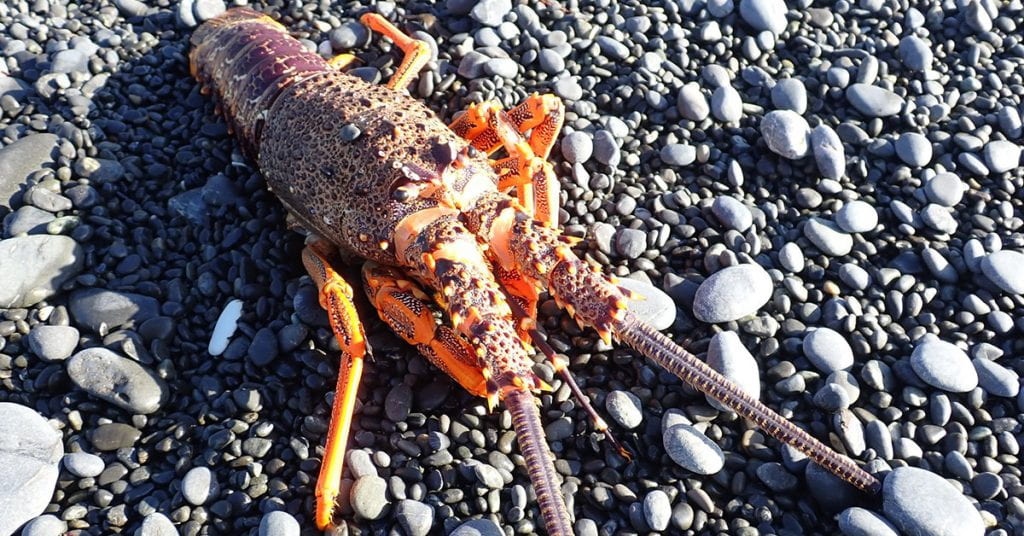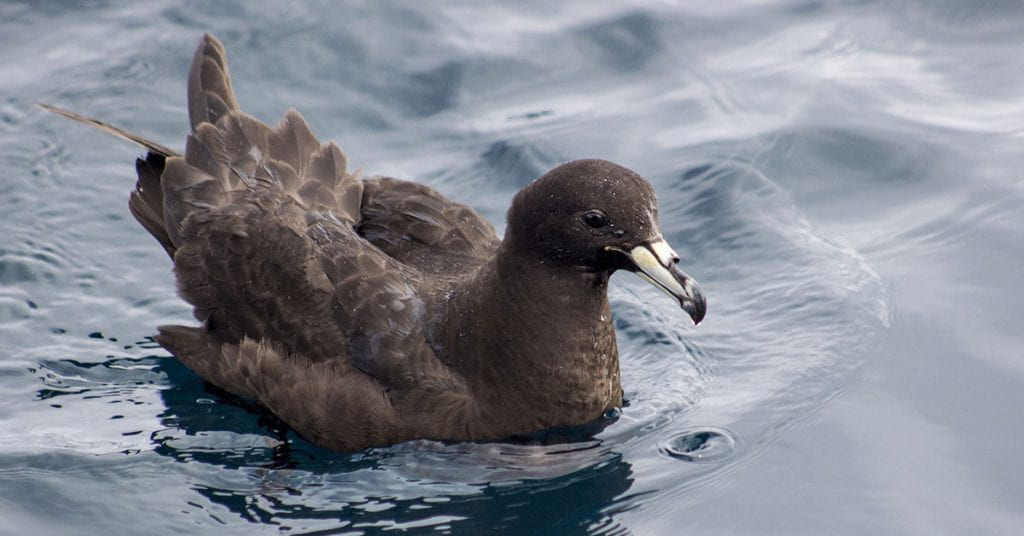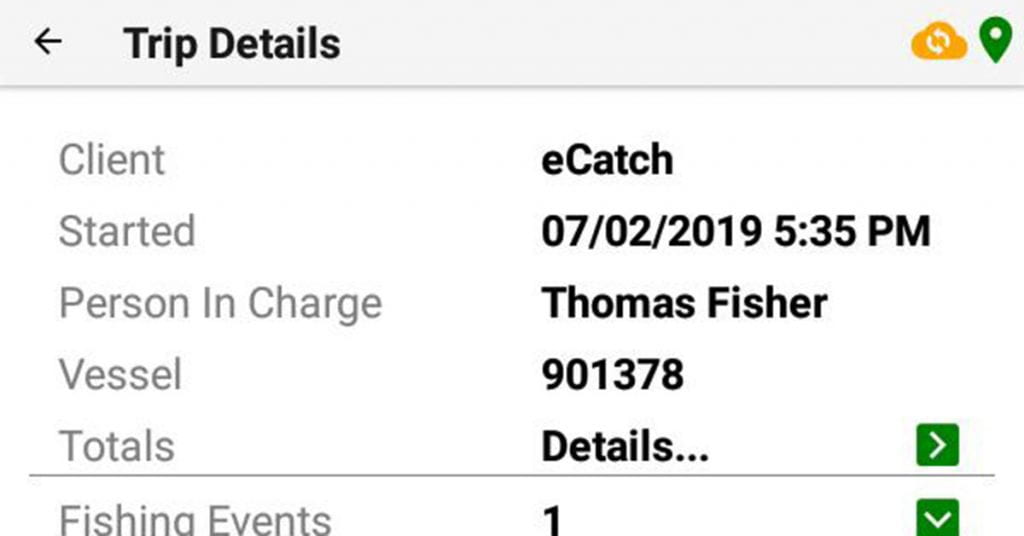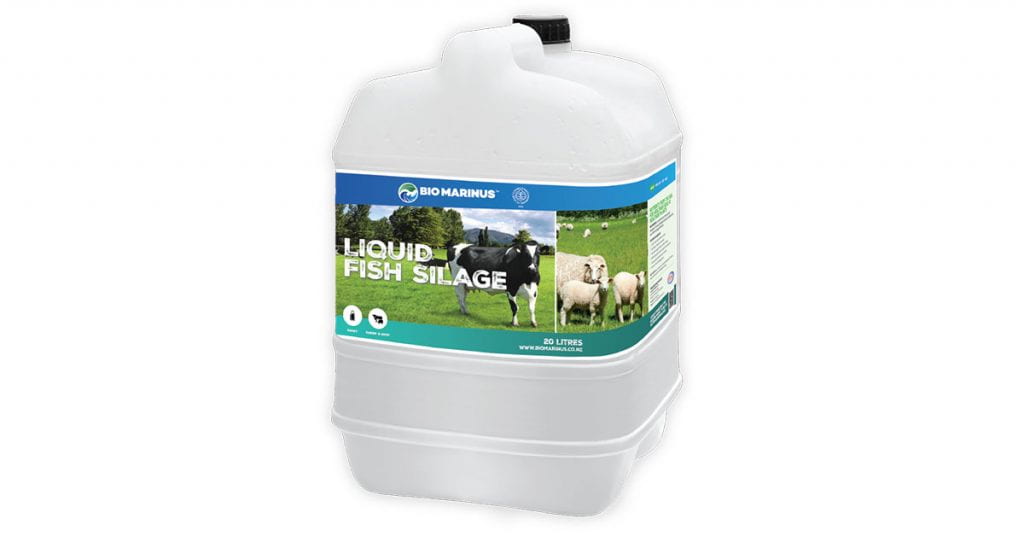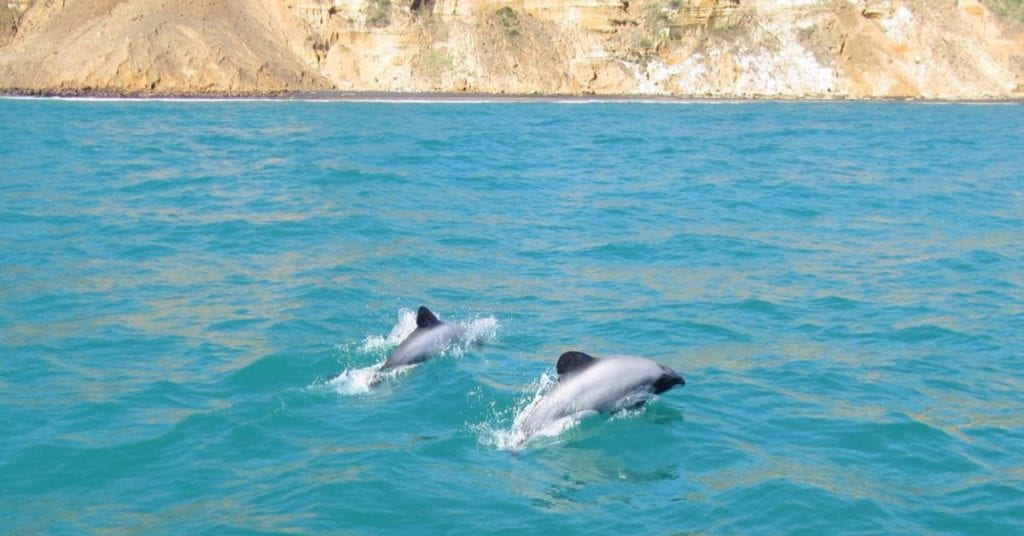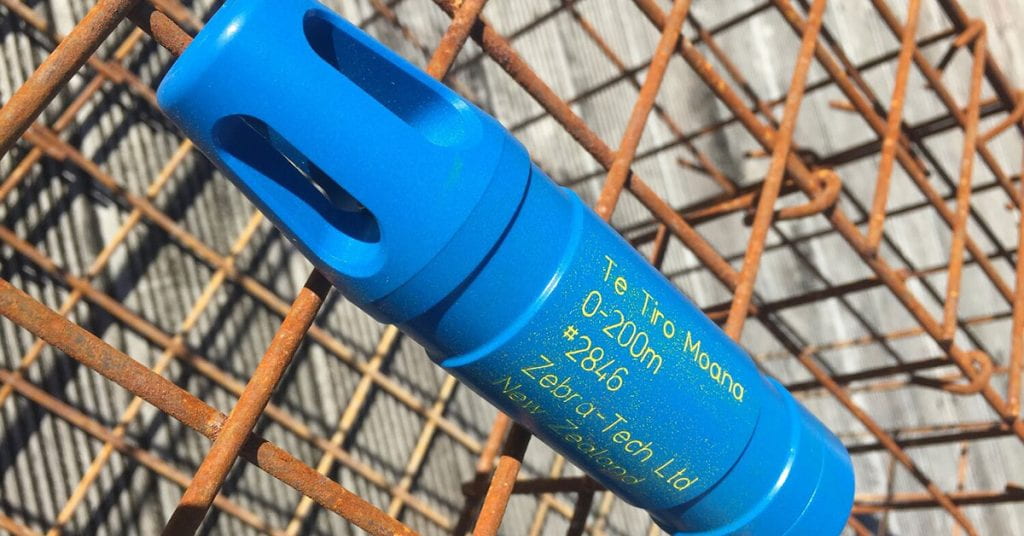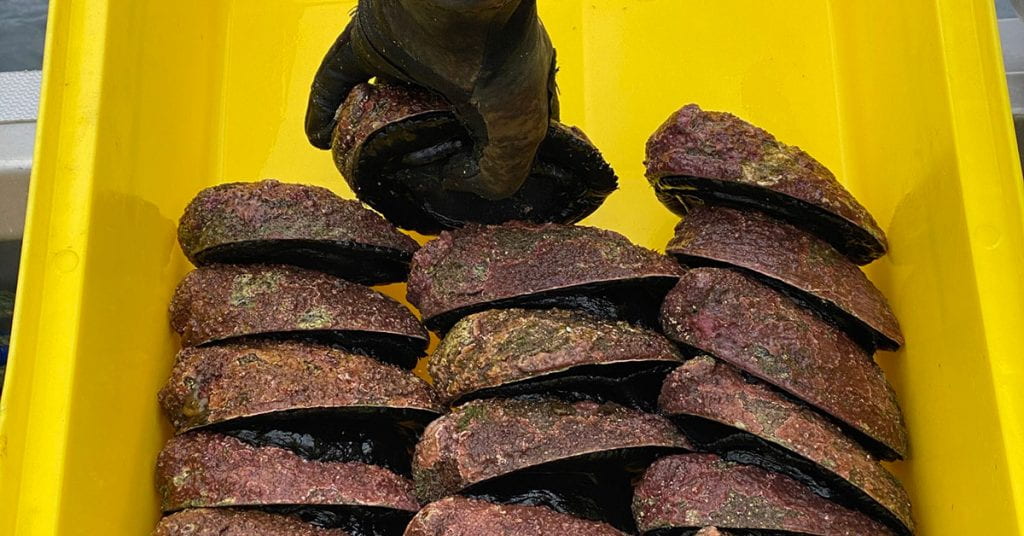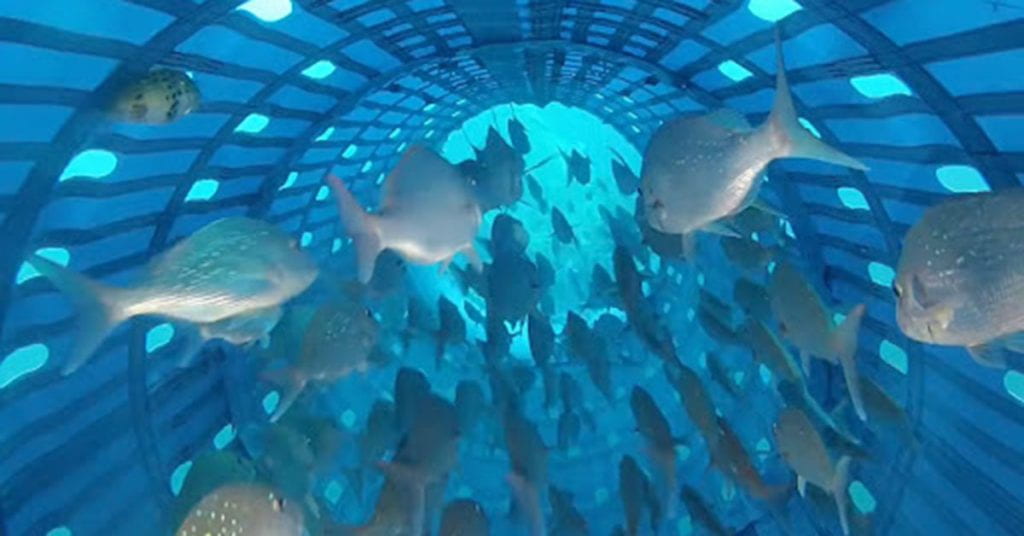Case studies
Explore the case studies from our report ‘The future of commercial fishing in Aotearoa New Zealand’. Meet fishers with innovative ideas, dive into tangled tales from marine science and ocean management, and discover new technology that could help Aotearoa New Zealand’s commercial fishing industry become more sustainable.
Mixed messages: Are we overfishing our rock lobsters?
What's the lowdown on the lobster? The CRA2 stock of crayfish – across the Bay of Plenty and Hauraki Gulf – is 'virtually certain' to be experiencing overfishing, according to Fisheries New Zealand. But some scientists go further to say that crayfish are 'functionally extinct' in the region.
Integrated ecosystem assessments to inform ecosystem-based fisheries management
The Integrated Ecosystem Assessment (IEA), developed by NOAA, provides a social-ecological framework to systematically apply ecosystem-based fisheries management principles.
Argo – A global network of profiling floats
These devices sink thousands of metres below the sea surface, then refloat to transmit the data they capture.
EcoCast – An app that can help fishers decide where to fish
When rates of protected species bycatch grew in the California swordfish fishery, fishers turned to the EcoCast app to help them decide where to fish.
How a chemical fingerprint identified Aotearoa New Zealand’s most significant snapper nursery
From the composition of ear bones, scientists trace the origins of young snapper back to the harbour they grew up in.
A collaborative effort to protect vulnerable seabirds
Aotearoa New Zealand is home to one-third of the world's seabirds. To help prevent seabird bycatch in the longline fishing industry, this fisher developed a novel solution.
The establishment of the Motiti Protection Areas sets a new precedent for local coastal management
An exclusion zone put in place following the Rena oil spill eventually paved the way for a landmark court ruling and new marine protected area.
The Hawke’s Bay Marine and Coastal Group took a collaborative approach to prioritise research needs for the region
When various community groups came to the Hawke’s Bay Regional Council with concerns about the depletion of local fish stocks, it sparked the genesis of a collaborative approach to restore abundance to local waters.
What does ancient DNA tell us about the snapper population?
An Aotearoa New Zealand study is underway to attempt to determine whether our fishing methods have changed the evolution of our local snapper.
SnapIT’s video capture systems
Electronic monitoring of fishing vessels produces data that can enhance the traceability and transparency of fish products and build trust between fishers and consumers. Nelson-based SnapIT have developed cameras and analysis for the commercial fishing industry.
Software to streamline acoustic data analysis
Using ESP3, fisheries researchers can process large hydroacoustic datasets captured using echosounders – a way of 'seeing' what organisms are present in the ocean depths.
Blockchain supply chain traceability project
Enabling full traceability and strengthening transparency in the Pacific Islands' tuna supply chain is a key way to address illegal fishing and human rights issues in the tuna fishing industry. Can blockchain help?
Gear innovation pathway
This partnership between Fisheries Inshore New Zealand and Seafood Innovations Ltd facilitates a ‘grass-roots’ approach to gear innovation in inshore fishing.
Māui Drone Project
MAUI63 is developing innovative drone and AI technology for monitoring distribution and habitat use of critically endangered Māui dolphins.
Managing great white shark conservation through eDNA
Environmental DNA (eDNA) offers a non-invasive way to monitor species populations. Learn how it has been deployed in the conservation of great white sharks.
Orange roughy stock health
The orange roughy has a range of characteristics that make it vulnerable to overfishing – including a lifespan that may exceed 150 years. How do we manage healthy orange roughy populations?
Fiordland created a novel model for managing the marine area
The Fiordland Marine Guardians represent commercial and recreational fishers, tourism interests, recreational users, marine science and conservation, and the local community. Through a forum-style planning process, they developed a novel approach to managing Fiordland's marine environment.
Livestreaming commercial fishing catch
A local fisher from Hawke’s Bay took video monitoring one step further: livestreaming his fishing expeditions to the world.
Chatham Rise is a unique fishery with consistent, long-term data
The topography and currents make the Chatham Rise a productive fishery. With decades of detailed study, it provides an exemplar of how data can enrich fisheries models.
The Noises vs Cape Rodney-Okakari Point Marine Reserve
What's the best way to protect a biodiverse slice of the Hauraki Gulf? We compare Aotearoa New Zealand's first marine reserve at Goat Island to The Noises, an island chain in need of protection.
The importance of connecting fishers to researchers
When a small independent fisher developed innovative ideas to make his operations more selective, he faced a number of setbacks – including a lack of connection to researchers.
Potting as an alternative to trawling
Could we shift from damaging bottom trawling to a more sustainable method of fishing? We explore potting to catch species like scampi and ling.
Real-time genetic management of a marine fishery
We can use genetic tools to make sure the fish we're catching come from a sustainable stock with healthy population levels.
NIWA’s Deep Towed Imaging System (DTIS)
The Deep Towed Imaging System (DTIS) has been used in Aotearoa New Zealand since 2006 to take pictures and video of deep-sea biodiversity and seafloor habitats.
Scallop surveys and harvest
Artificial intelligence (AI) and robotics could help us move away from damaging dredging, to precision harvesting for scallops.
Fish behaviour and catchability in fishing gear
Underwater cameras can provide useful observations on fish behaviour – like a species’ disposition to guard bait in traps, which in turn could make it more easily catchable.
Genetic tagging to understand bluefin tuna population dynamics
How a genetic tool allows monitoring of a highly migratory species.
High quality marine collagen from Aotearoa New Zealand
It's not just fish fillets – we can use many parts of the catch to produce high-value products, including cosmetics, pharmaceuticals and nutraceuticals.
Trade limitations hindering the sale of a high value fish by-product
Ling maw (swim bladder) is a delicacy in China – but trade limitations mean only whole fish, not the maw by-product, can be exported from Aotearoa New Zealand.
Sustainable Seas/Ko ngā moana whakauka
The need for long-term strategically focused research funding in the marine environment was recognised when Sustainable Seas was established as one of the 11 National Science Challenges.
The Marine Stewardship Council
The Marine Stewardship Council allows certified sustainable fisheries to use an eco-label – but the sustainability of MSC-certified seafood is debated.
How a commitment to transparency and traceability has generated a premium product
Nate Smith of Gravity Fishing switched up his approach to fishing after observing that fish numbers were declining around Rakiura Stewart Island.
Te Korowai o te tai ō Marokura in Kaikōura shows how regional responsibility can streamline fisheries management
A diverse range of local stakeholders built consensus on their shared goals for Kaikōura’s marine environment.
Using cameras to protect threatened seabirds
A collaborative trial, driven by the Black Petrel Working Group, tested whether cameras could be used to detect seabird capture on fishing vessels as accurately as human observers.
eCatch app and the California groundfish fishery
Groundfish off the coast of California were overfished in 2006. The Nature Conservancy developed the eCatch app to revamp the fishery and improve its sustainability.
Fish waste to address myriad environmental issues
How one company is turning the low-value fish waste stream into a value-added fertiliser product that improves pasture.
Managing land-based impacts through a multi-sector marine spatial plan
The outcome of the Sea Change – Tai Timu Tai Pari process was a marine spatial plan aiming to reverse ecological degradation in the Hauraki Gulf.
Supporting the community to engage in science to protect Māui dolphins
Surfer scientists can report sightings of critically endangered Māui dolphins via an app.
The Moana Project – Arming vessels with sensors to help validate ocean models
In response to a rapidly changing ocean impacted by marine temperature extremes and shifting currents, a new ocean monitoring and forecast programme is underway in Aotearoa New Zealand.
Pāua fisheries and industry-led management
The pāua industry in the Chatham Islands demonstrates forward-thinking initiatives to support a sustainable fishery.
Precision seafood harvesting – Tiaki
Shared aspirations for a more precise alternative to full-contact bottom trawling within Aotearoa New Zealand’s fishing industry led to the design of a new harvesting technology.

